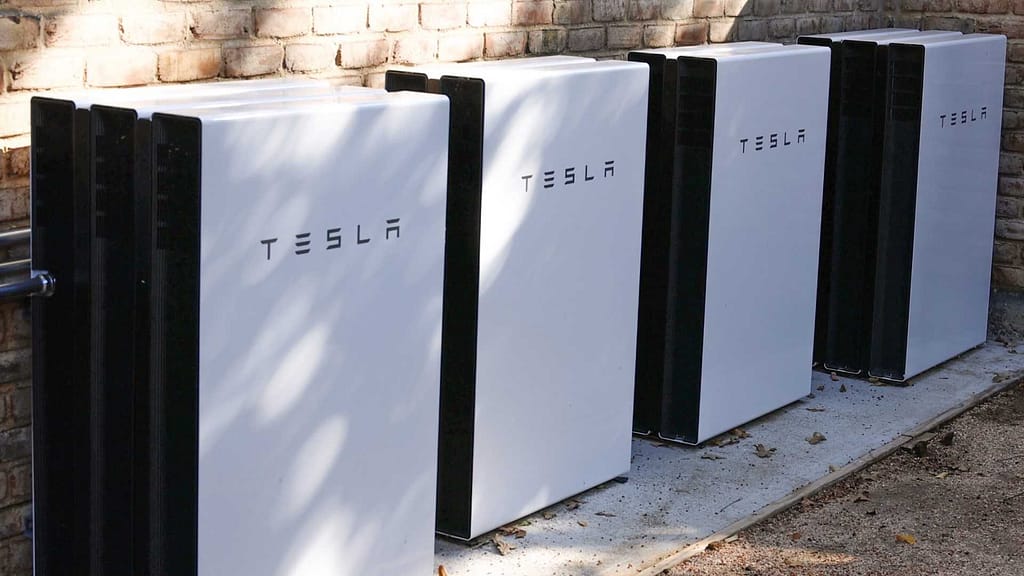Net metering is a popular and widely used program in Texas that can allow residential and commercial solar panel owners to sell excess energy back to the grid. In this blog, we’ll take a closer look at the net metering program in Texas, how it works, and the benefits of participating in it.
Watch the Video Below to Learn More!
What is Net Metering?
Net metering is a billing arrangement that can allow homeowners and businesses with solar panels to receive credit for any excess energy they generate and feed back into the grid. This program provides an incentive for people to switch to renewable energy sources, such as solar power, by allowing them to reduce their electricity bills.
How Does Net Metering Work in Texas?
In Texas, net metering is regulated by the Public Utilities Commission (PUC) and is available to residential and commercial customers who generate electricity using renewable energy sources, such as solar panels. To participate in the program, customers must have a bi-directional meter installed that measures both the energy they consume from the grid and the energy they feed back into it.
When the solar panels generate more energy than the customer uses, the excess energy is fed back into the grid and the customer receives a credit on their electric bill for the amount of energy they have generated. This credit can be used to offset future electricity bills, including those months when the customer uses more energy than they generate.
How Does it Work With Solar Battery Storage?

Net metering with solar battery storage works by allowing excess energy generated by a solar panel system to be stored in a battery for later use, rather than being sent back to the grid. When the solar panels generate more energy than the home or building is using, the excess energy is stored in the battery. Later, when the home or building needs more energy than the solar panels are generating, the stored energy can be used to power the lights, appliances, and other electrical equipment.
The net meter will keep track of the total amount of energy that the solar panel system generates, as well as the total amount of energy that the home or building uses. Any excess energy that is generated and stored in the battery can be used to offset the energy that the home or building needs to draw from the grid at a later time. This can help to reduce the homeowner’s or building owner’s monthly energy bill, as they will pay for less energy from the grid.
In essence, net metering with solar battery storage combines the benefits of both, allowing homes and buildings to reduce their reliance on the grid, save money on energy costs, and reduce their carbon footprint.
Benefits of Participating in the Net Metering Program in Texas
There are several benefits to participating in the net metering program in Texas, including:
- Lower Energy Bill: By generating their own electricity, customers can significantly reduce their energy bills. This is especially true during the summer months when the sun is shining and the panels are generating the most energy.
- Increased Energy Independence: By generating their own electricity, customers can become more energy independent, reducing their reliance on the traditional energy grid.
- Increased Property Value: Installing solar panels can increase a property’s value, making it a worthwhile investment for homeowners and businesses.
- Helping the Environment: Solar power is a clean and renewable energy source, and by participating in the net metering program, customers can help reduce their carbon footprint and support a cleaner, greener energy grid.
- Easy to Participate: Participating in the program is easy, and the process of installing a bi-directional meter is straightforward.

Net Metering Drawbacks
There are a few drawbacks to net metering in Texas:
- Cost shifting: Non-solar households may bear the cost of maintaining the grid, which may increase if net metering becomes widespread.
- Grid congestion: Net metering may increase congestion on the grid, particularly in areas with high penetration of rooftop solar.
- Interconnection issues: The process of interconnecting a solar panel system to the grid can be complex and time-consuming, which may discourage some individuals from adopting the technology.
- Inadequate compensation: The compensation received for excess energy generated by a solar panel system may not be sufficient to cover the full costs of the system.
- Rate design: Changes to rate design, such as time-of-use pricing, can affect the economic benefits of net metering for solar customers and is happening more and more often.
- Rate terms: Unfortunately, the rate designs are always on terms either month to month, annually, 24 months and sometimes 36 months. This means after that term is over, you either have to take on the new rate design, or shop for another plan.
Looking to Go Solar with Net Metering?

Get a Quote:
Net metering is a great way for residential and commercial customers in Texas to reduce their energy bills, become more energy independent, and help support a cleaner, greener energy grid. Though it is not a guarantee that your home will be in an area with a good net metering program. So yes, it can help with lowering your electricity bill, but like most things, this is something that you cannot control or rely on for the life of your solar system. If you’re interested in participating in the program, contact Good Faith Energy we can guide you through the process and ensure that your installation meets all the necessary requirements.
Fact checked by Jacob Petrosky – 4/26/2024